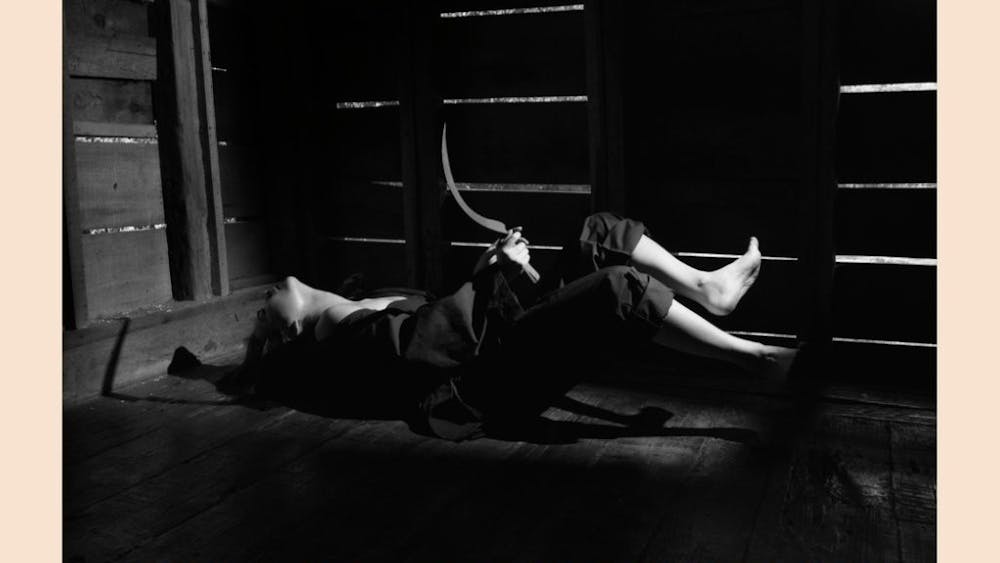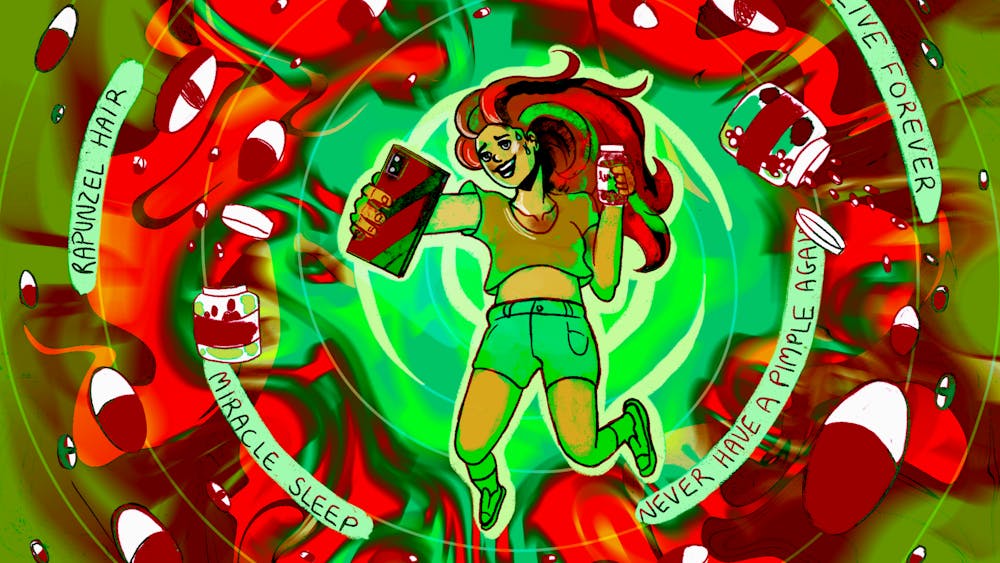As a longtime bookworm, I’ve spent much more time at Borders than I’d like to admit.
But as I get older, birthday money no longer lasts year-round, and what I earn has to be set aside for my impending post-graduation life.
So gone are the days when I bought books as I liked. Now, I rely on the library and only buy books by a few select authors and the ones from the library I liked enough to read multiple times.
It’s not just my wallet that’s changed. It’s also the book industry.
Books I used to pay $5 or $6 for have gone up to $8 or $9 — and that’s just for the fiction.
In my favorite genre, historical nonfiction, paperback books cost $15 to $20 each, and the material is weighty enough that I won’t reread them more than once every couple of years.
The move to the often cheaper e-books and to Internet-based stores such as Amazon has been dearly felt. Borders, the long-standing bastion of book selling, has officially announced it’s closing its doors.
It’s even harder for the independent booksellers out there, which is why many are taking a remarkable step: charging admission for author readings. It’s the one advantage bookstores still have over their e-compatriots.
However, even then, the advantage is growing smaller. I just had a conversation with one of my favorite authors on Twitter. But as of yet, nothing can beat meeting an author in the flesh.
And yet, even the bookstores are having trouble. According to some, fans are very willing to come to meet-and-greets, but often they’ve already bought the book or are planning to order it somewhere else.
Nancy Salmon, the floor manager at independently owned Kepler’s Books in Menlo Park, Calif., said to The New York Times, customers often type titles into their iPhones and go home. I admit to being one of those people who goes into a bookstore with a cell phone prepared.
Even the 20 percent off inducement at my last remaining local Borders a couple weeks ago wasn’t enough to break out my wallet — half a dozen $20 books at 20 percent off is still more than I can afford.
It’s one more reason I support the rise of e-books: Printing costs are the bulk of that huge price. Cutting out printing costs can cut the price in half.
Significantly reduced prices are the one thing that can turn reluctant buyers like me into people who can return to trusting a back cover or recommendation enough to go ahead and buy.
But even though I’ve strayed away from supporting booksellers unless they have something I really want, I don’t have it in me to scoff at them for charging for author appearances.
It’s not something I particularly approve of; but with more and more readers like me straying to the library and e-bookstores, they have to try to stay afloat somehow.
And as much as I’ll miss browsing through Borders, I can’t help but feel that if the company had jumped on board the e-book wagon earlier and amassed a large online store, we wouldn’t be saying goodbye.
— hanns@indiana.edu
Goodbye Borders
Get stories like this in your inbox
Subscribe





